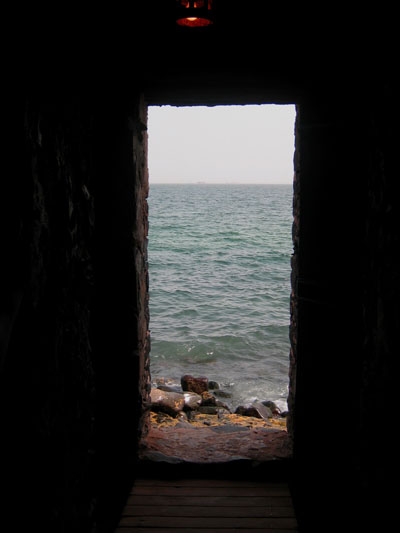By Ingrid Wilson, CHRL, CMS
Guest Contributor
 As we approach, August 1st and Emancipation Day — in the land now known as Canada – we need to understand why Emancipation Day is so important to Black peoples and their communities, and the intergenerational trauma that we still carry with us today.
As we approach, August 1st and Emancipation Day — in the land now known as Canada – we need to understand why Emancipation Day is so important to Black peoples and their communities, and the intergenerational trauma that we still carry with us today.
Emancipation Day highlights how Black peoples were taken from their lands, leaving behind thriving cultures and histories, interrupted by enslavement.
Today, we highlight the Door of No Return and the House of Slaves, which is still designated as a museum and memorial to the Atlantic slave trade on Gorée Island, off the coast of the city of Dakar, Senegal. This museum, was opened in 1962 and is said to memorialize the final exit point of the captured and enslaved peoples from Africa.
The House of Slaves was originally constructed in 1776 and became a holding center for enslaved African peoples, to be exported to a life of slavery in Brazil, South America, the Caribbean, the United States and Canada. The House was owned by an Afro-French woman, Anna Colas Pépin, who owned several ships and participated in the slave trade.
Conditions in the building were harrowing, with many of the imprisoned perishing, before they reached the ships. Captured and enslaved people were imprisoned in dark, airless cells, and spent days shackled to the floor, their backs against the walls, unable to move. Families were separated both at the House, with men, women, and children being held in separate quarters, as well as after boarding the ships, since most of them were not sent to the same locations. The young women were separated for their potential as “breeders.”
The House of Slaves now stands as a testament to the human suffering and devastation, caused by the slave trade. While historians differ on how many Africans were actually held in this building, as well as the relative importance of Gorée Island as a point on the Atlantic slave trade, visitors from Africa, and around the world continue to make it an important place to remember the human toll and suffering, created by enslavement of human beings.
For many, who were pushed through the “door of no return”, it was their last glimpse of Africa, their home and their culture.
This is history.
This article was shared from Ingrid Wilson’s Linked-in page.
Ingrid Wilson is an accomplished senior Human Resources Executive and CHRO (chief human resources officer) with 30 years of experience in corporate human resources and inclusivity strategies, governance, board and business strategy. She has organizational experience with non-profit, public sector, private and public companies, in regulatory environments, with global expertise, working for organizations with diverse operations, including the US and Europe.
 Pride News Canada's Leader In African Canadian & Caribbean News, Views & Lifestyle
Pride News Canada's Leader In African Canadian & Caribbean News, Views & Lifestyle






